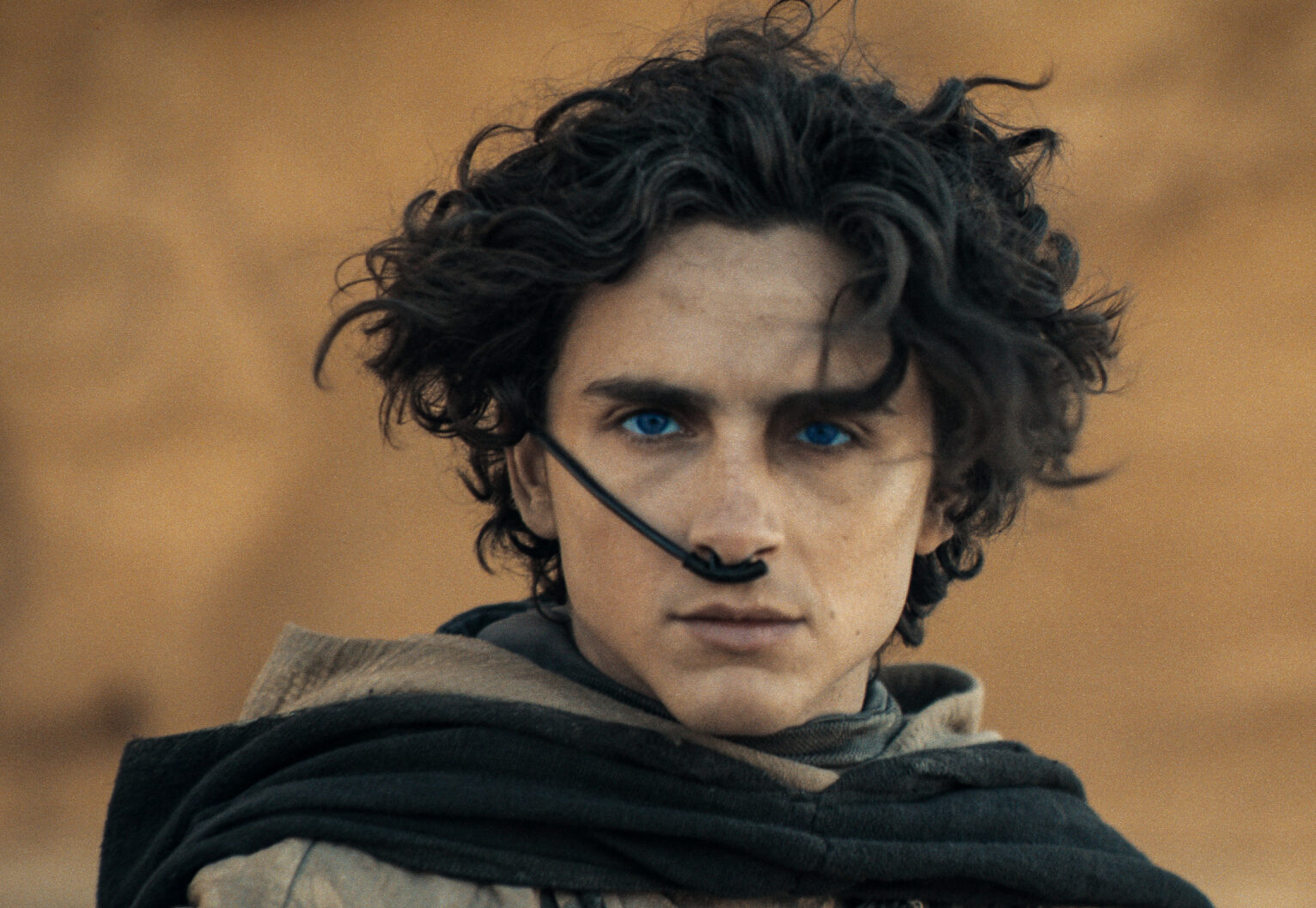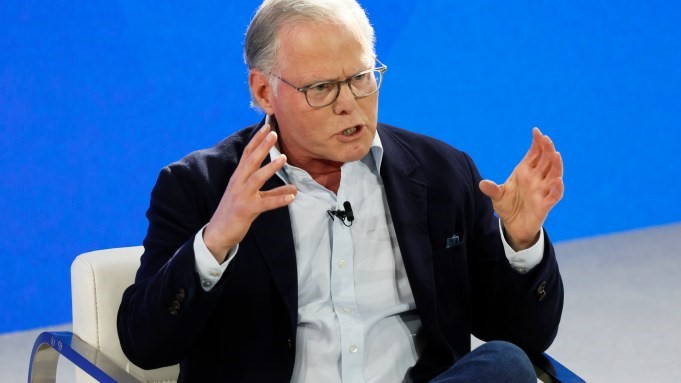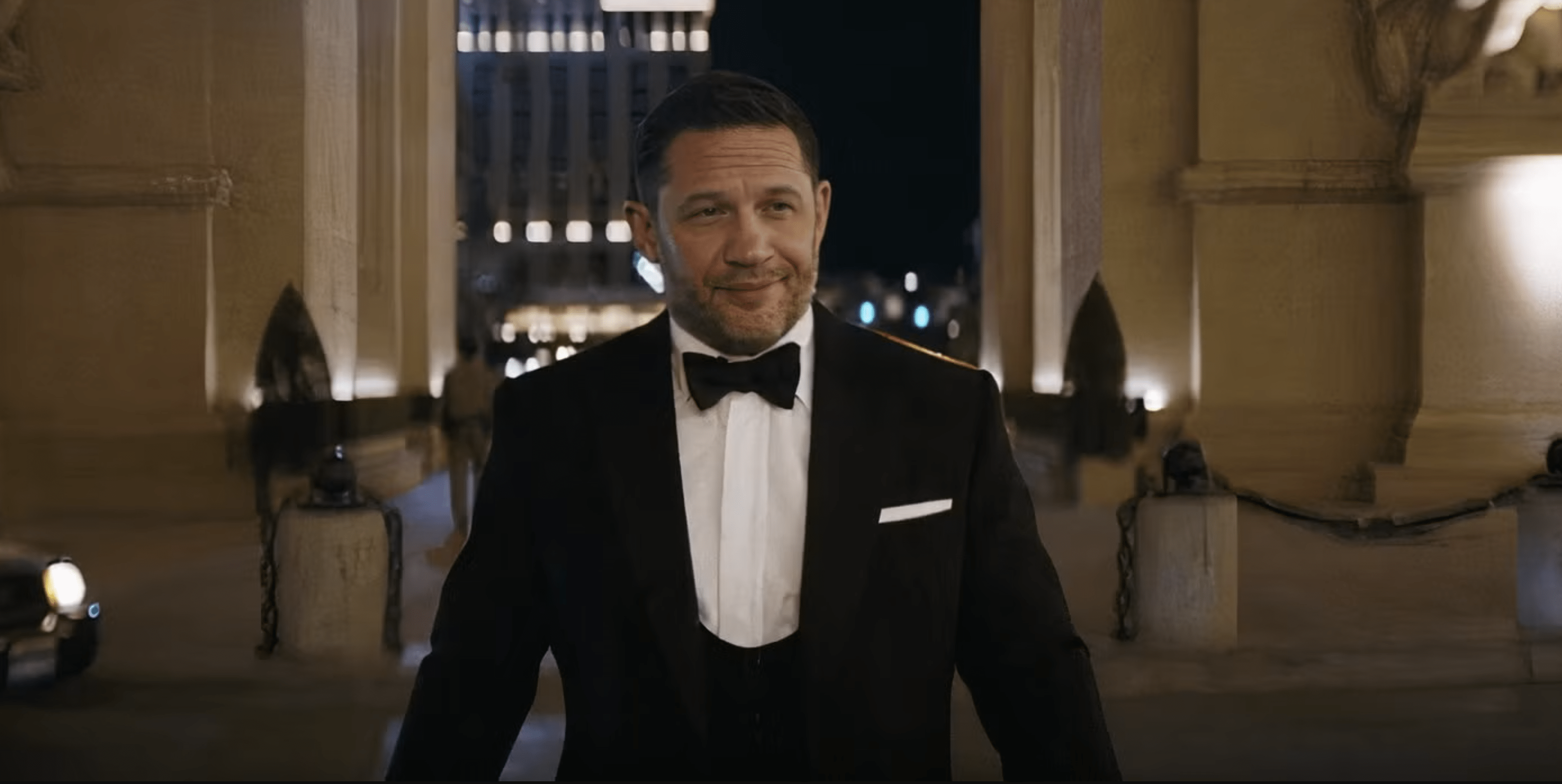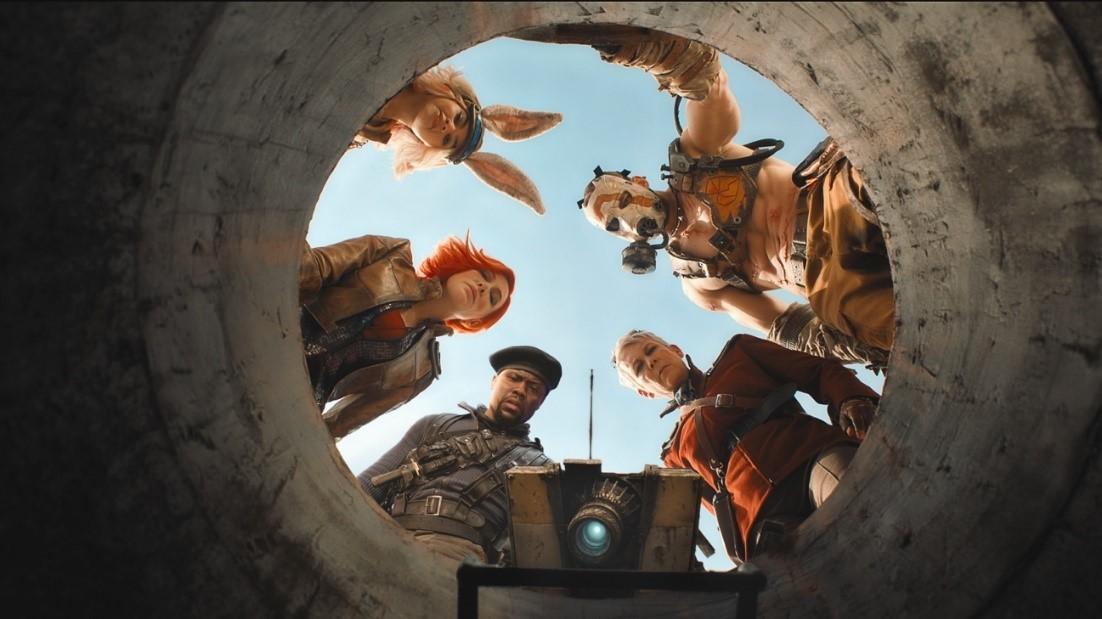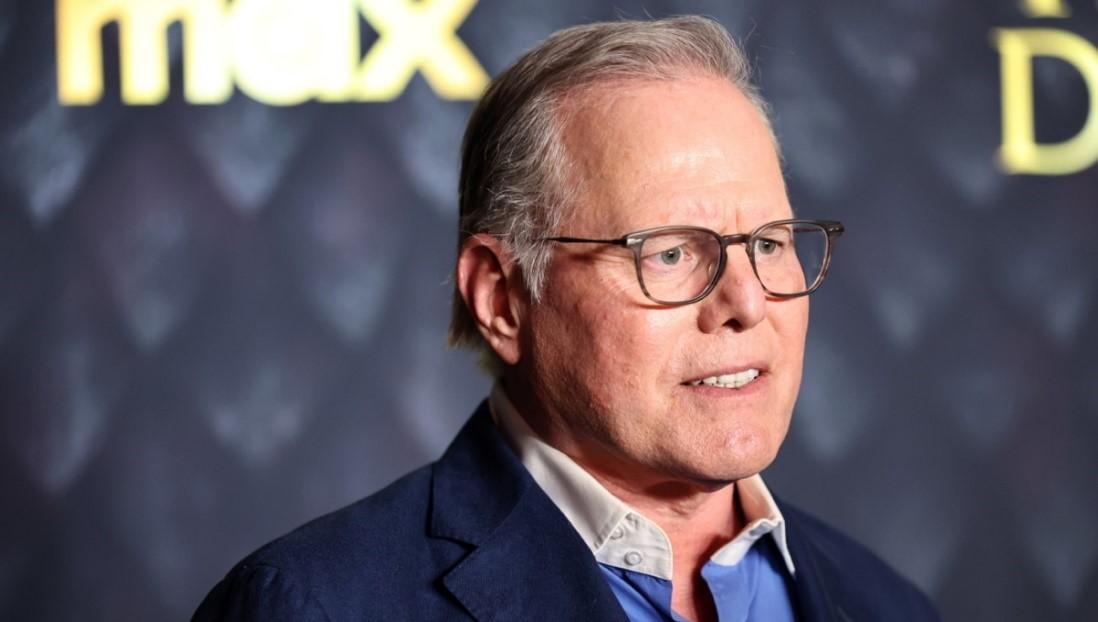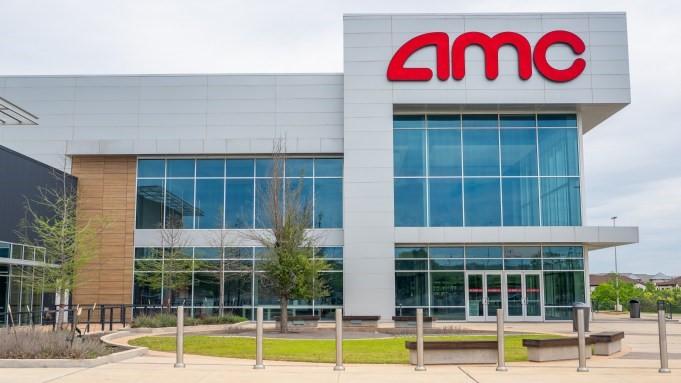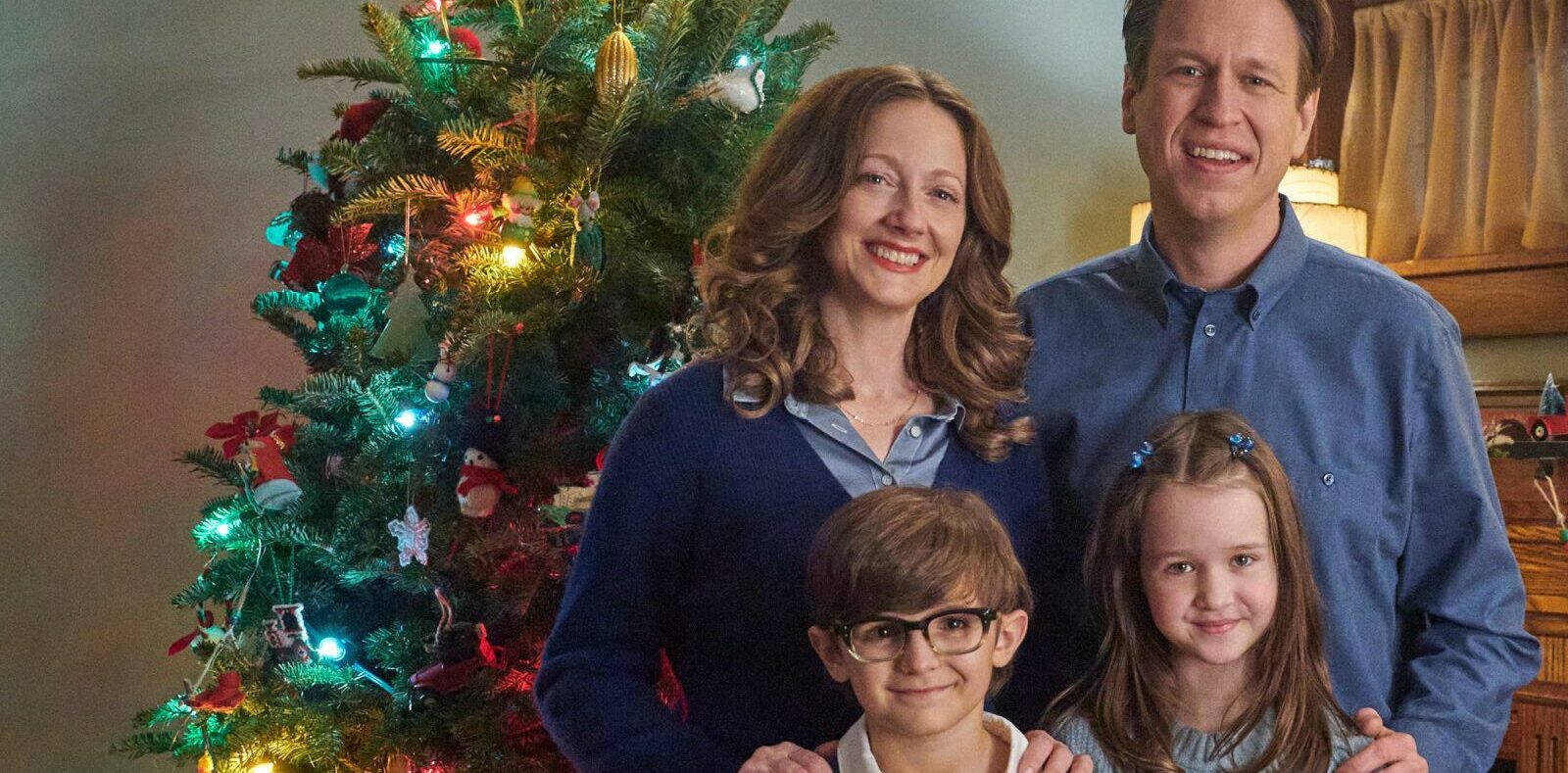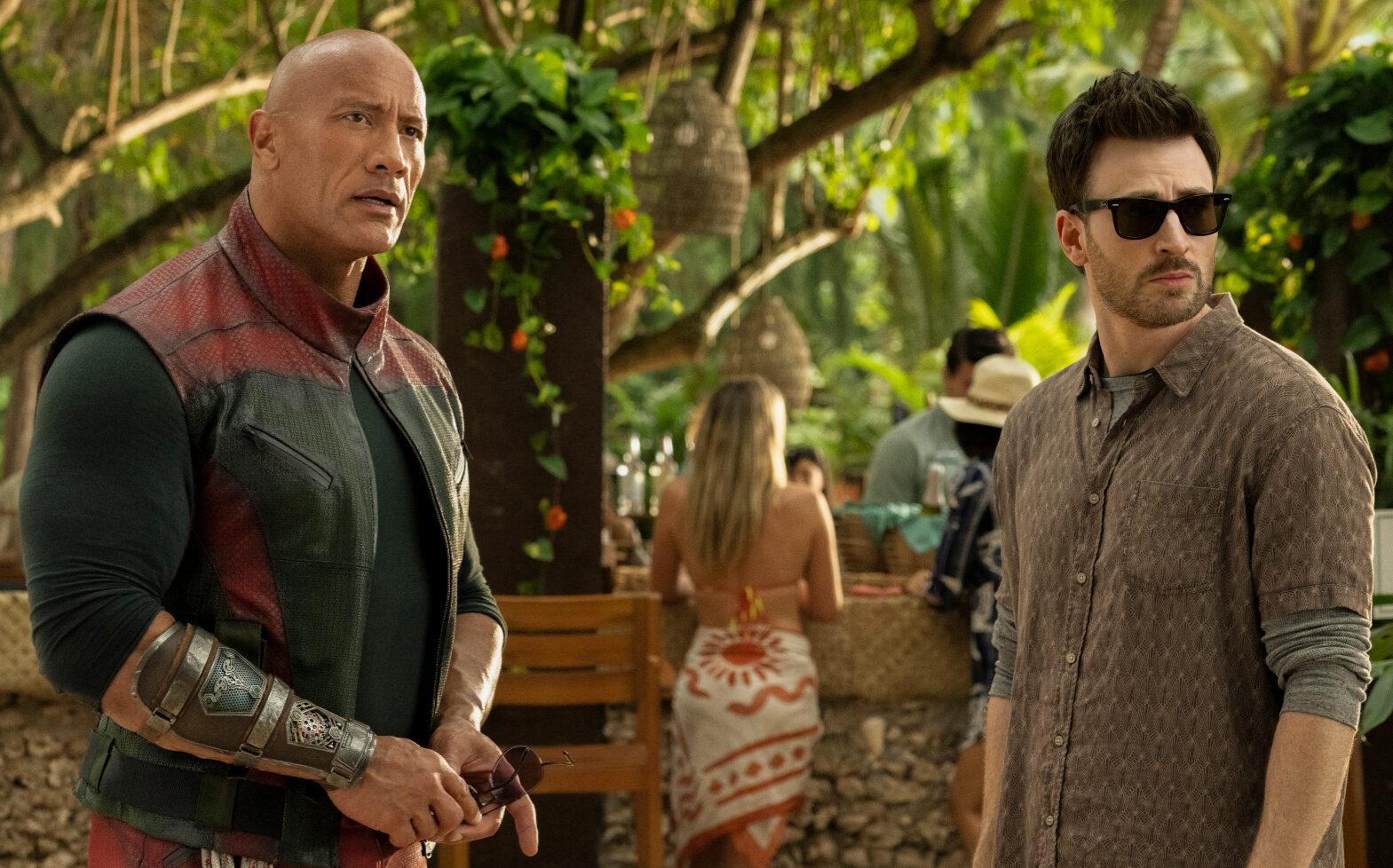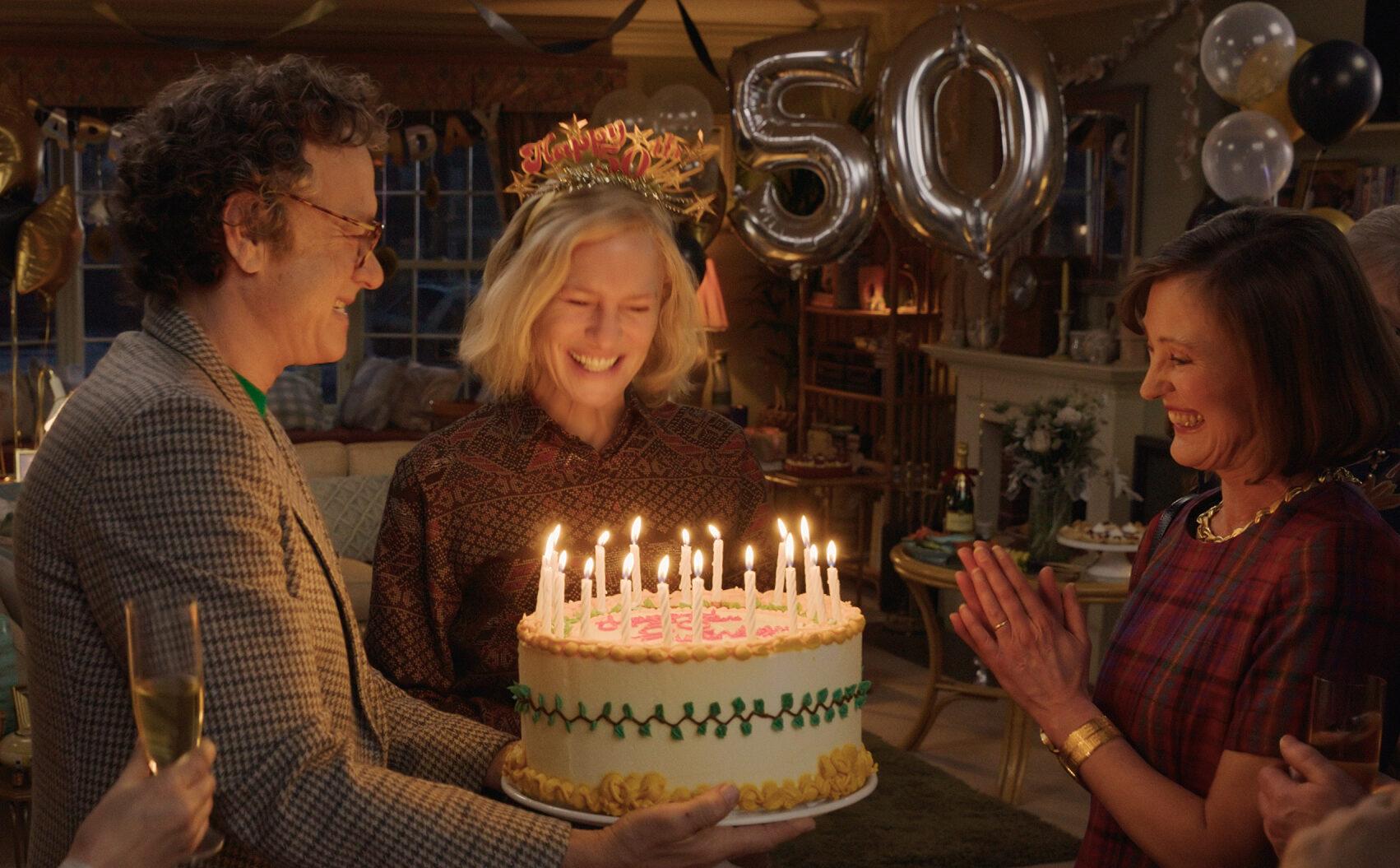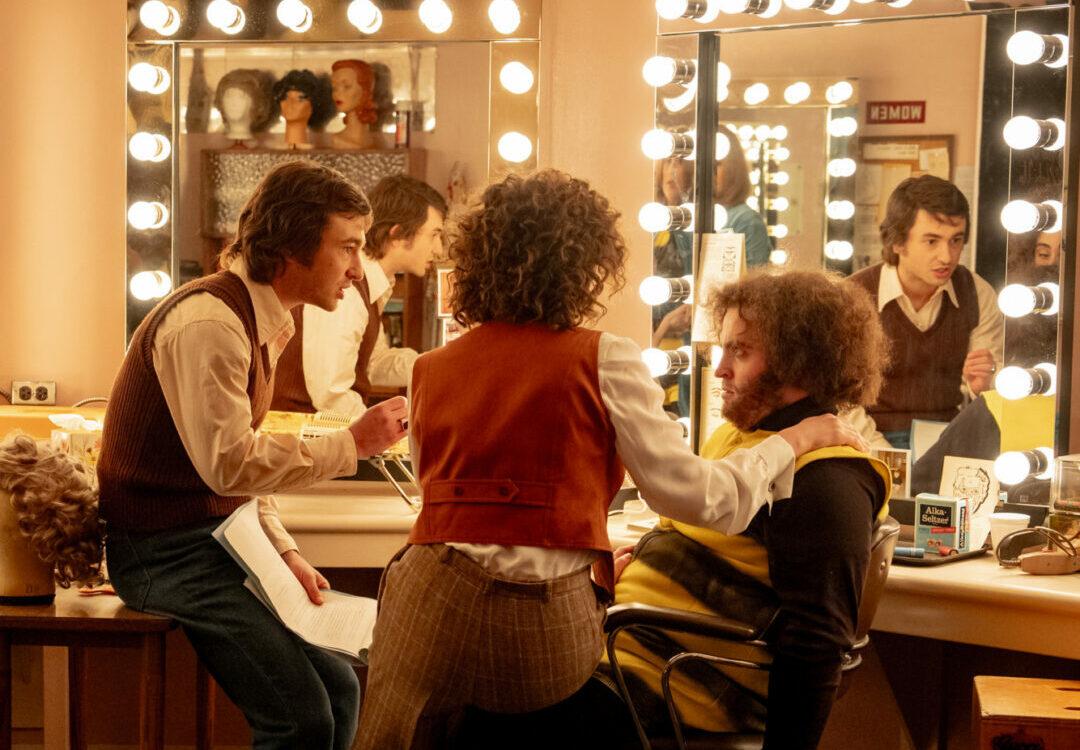VERDICT: The second chapter of Denis Villeneuve’s epic adaptation delivers on the visual grandeur and political intrigue, even if the characters tend to be reduced to their plot function.
Frank Herbert’s Dune, a tale of war, genocide, and resource exploitation, has always loaned itself to political metaphor, and the world in its current state offers myriad connections to the violence and betrayals portrayed in Denis Villeneuve’s Dune: Part Two. This latest, but by no means final, chapter in Villeneuve’s screen adaptation may offer characters with all the depth of chess pieces — they exist only in their service to the plot — but when the moves are this exciting, it’s a game well worth watching.
After somewhat laboriously placing those chess pieces on the board in the first Dune, Villeneuve and co-screenwriter Jon Spaihts send them into strategic alliances and conflicts, and the results are often breathtaking.
Picking up where 2021’s Dune left off, Part Two sees Paul Atreides (Timothée Chalamet) and his mother Lady Jessica (Rebecca Ferguson) joining with the nomadic Fremen tribe of Arrakis to sabotage the Harkonen dynasty’s efforts at mining spice. There are many agendas at play here, from Lady Jessica wanting to see Paul become the messianic Kwisatz Haderach to Paul’s love for Fremen warrior Chani (Zendaya), as well as Paul’s desire to punish the Emperor (Christopher Walken) for setting up the slaughter of the entire Atreides family at the hands of the Harkonens.
(If this synopsis feels like a lot of names and families to juggle, it is; viewers who are not deeply familiar with the Frank Herbert novel are advised to revisit the previous Dune movie before plunging into Part Two.)
The film quite admirably juggles the various layers of intrigue at play, from the behind-the-scenes manipulation of the Bene Gesserit, a shadowy matriarchal religious order overseen by a gloriously glowering Charlotte Rampling, to the power struggles within the Harkonen clan, specifically the displacement of Glossu Raban (Dave Bautista) by his sadistic and sociopathic cousin Feyd-Rautha (a terrifying Austin Butler).
Of particular note is Dune: Part Two’s exploration of how politics and religion can exploit each other in the name of power, a stance that seems relatively revolutionary within the staid confines of studio moviemaking. “Tell people a messiah is coming, and they’ll wait — for centuries,” remarks Chani, one of several instances in the film that explicitly connects religious prophecy with control of the populace. We see Paul reject the notion of being a messianic figure until he embraces the possibility as a shortcut to rallying forces against the emperor, an idea that will no doubt be explored more fully in future chapters. (Dune: Part Two ends in a way that demands a Part Three.)
Villeneuve and his talented teams of craftspeople have mounted a rich spectacle here, one that demands to be seen and heard in the largest, loudest exhibition formats. Cinematographer Greig Fraser finds beauty and menace in the film’s desert setting, and his collaborations with the visual-effects team feel seamless: whether it’s Feyd-Rautha’s gladiatorial match — captured in a Nuremberg-inspired black-and-white sequence — or the Fremen’s sabotage of a massive Harkonen spice harvester, the action feels immediate and not filtered through distance-creating digital backdrops.
Hans Zimmer’s score blends the anthemic sweep of the soundtracks of Hollywood epics of yore with flavors of non-Western and even experimental music sprinkled throughout. (As well as — Zimmer being Zimmer — an occasional chest-rattling blast of “BWAHHHH” that’s been his trademark at least as far back as Inception.)
And even if the characters aren’t given space to have vibrant inner lives, the actors here are working overtime to imbue these figures with some sense of recognizable humanity, particularly Chalamet, who has managed throughout both Dune features thus far to evolve from a somewhat foppish aristocrat to a seasoned desert warrior. Paul’s romance with Chani still feels underwritten, but he and Zendaya generate such charisma that it works simultaneously.
Ferguson gets more to do in this sequel as her character becomes more deeply entrenched in a power play, with returning players Josh Brolin (as Paul’s mentor) and Javier Bardem (as a religious-minded Fremen leader) finding memorable moments along the way. Additions to the ensemble — besides Butler and Walken, we get Florence Pugh as a galactic princess, Léa Seydoux as a Bene Gesserit–affiliated aristocrat, and Anya Taylor-Joy in a role that won’t be spoiled here — all add heft to the storytelling and the worlds being built.
While Dune: Part Two doesn’t earn comparisons to sequels like The Empire Strikes Back or The Godfather Part II — particularly since Villeneuve has never designed any of the films in this saga to be stand-alone chapters — it does take what Dune established and runs with it, often thrillingly.

